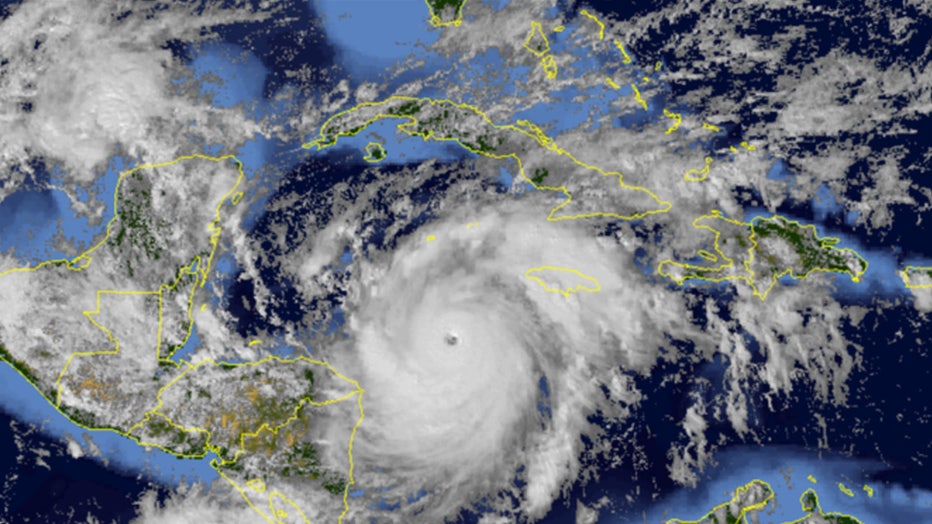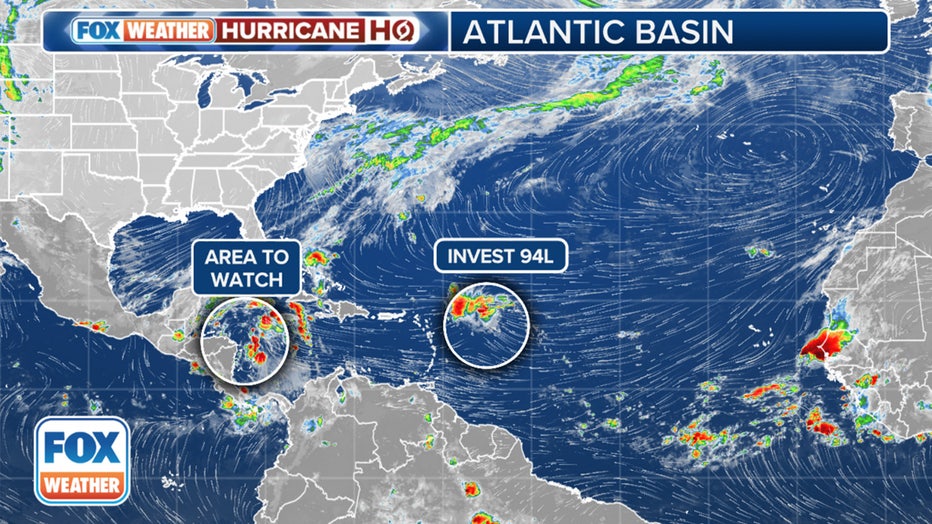Hurricane season is nearing the endgame, but what can we expect in its final weeks?
2024 Atlantic Hurricane outlook
Checking out the forecast for this year's Atlantic Hurricane season. NOAA predicts 4-7 Hurricanes this season.
The Atlantic basin hurricane season is nearing its endgame and will go down in the record books as an unusual year - U.S. impacts were well above average, but many long-range hurricane outlooks appear to have missed the mark as far as predicting the number of storms, expecting nearly double what has occurred so far.
In total, 13 named storms have formed through mid-October, with 9 developing into hurricanes, which is about the average number for the basin.
Among these cyclones, two became record-breakers: Beryl, which turned into the earliest Category 5 hurricane on record, and Milton, which challenged rapid intensification records, becoming one of the strongest hurricanes ever recorded in the basin, with sustained winds of 180 mph and a minimum central pressure of 897 millibars.
In all, six hurricanes have made landfall along the U.S. coastline, causing initial combined damage estimates to approach $100 billion during the 2024 season – large portions due to the devastation brought by Milton and Helene.
Depending on final estimates, this year has the potential to rank among the top four most destructive seasons of all time.

Hurricane Mitch was a Category 5 hurricane in the Caribbean with sustained winds of 180 mph. (NOAA)
What do the final weeks of the hurricane season usually produce?
During the final weeks of October and November, an average season tends to produce an additional two named storms, with one becoming a major hurricane.
Most of the time, these cyclones aren’t a threat to the Lower 48, but occasionally, a storm system can come out of the deep tropics and impact Florida or provide a glancing blow to the Eastern Seaboard.
Weather features such as cold fronts and troughs, which are signs of the approaching winter season, simply make it difficult and nearly impossible to make it far enough west in the basin to impact communities in Texas, Louisiana and much of the central and western Gulf Coast.
For systems that aren’t picked up by the jet stream, they tend to bury themselves into Central America, becoming downright disasters.
In 1998, Hurricane Mitch formed over the Caribbean in late October and, by the time the system dissipated in early November, was responsible for around the deaths of 12,000 people across Central America, making it the second-deadliest hurricane on record in the Atlantic basin.
WHEN IS THE TYPICAL LAST HURRICANE STRIKE ON THE US COAST?
Occasionally, a cyclone can make enough westward progress to impact Florida.
Wilma struck South Florida as a Category 3 hurricane on Oct. 24, 2005, and more recently, Hurricane Nicole impacted Central Florida as a Category 1 cyclone on Nov. 9, 2022.
The latest the Florida coastline has received a hit was Hurricane Kate in 1985. The Category 2 storm made landfall along the Florida Panhandle as a weakening cyclone on Nov. 21.
With reliable forecast models showing no significant cyclone development during the remaining days of October, it could be tough to get another hurricane threat along the U.S. coastline, as the season in the western region of the basin is quickly winding down. Neither Invest 94L nor the area to watch in the Caribbean appear to be a threat to the U.S.

Tracking the tropics(FOX Weather)

